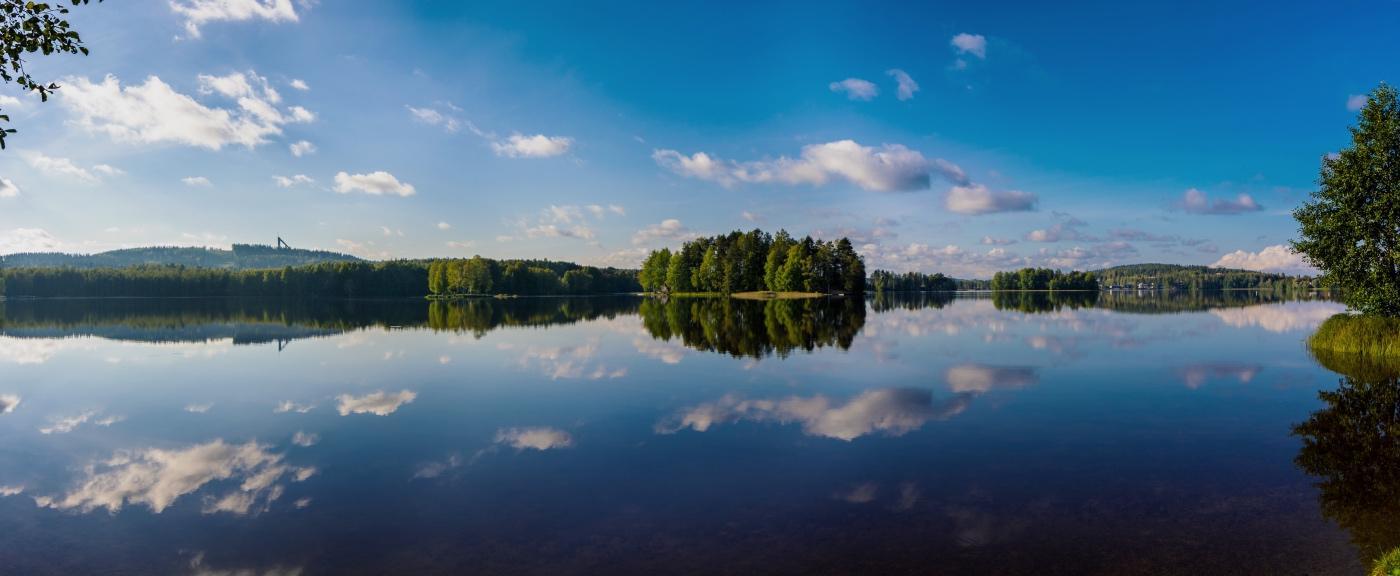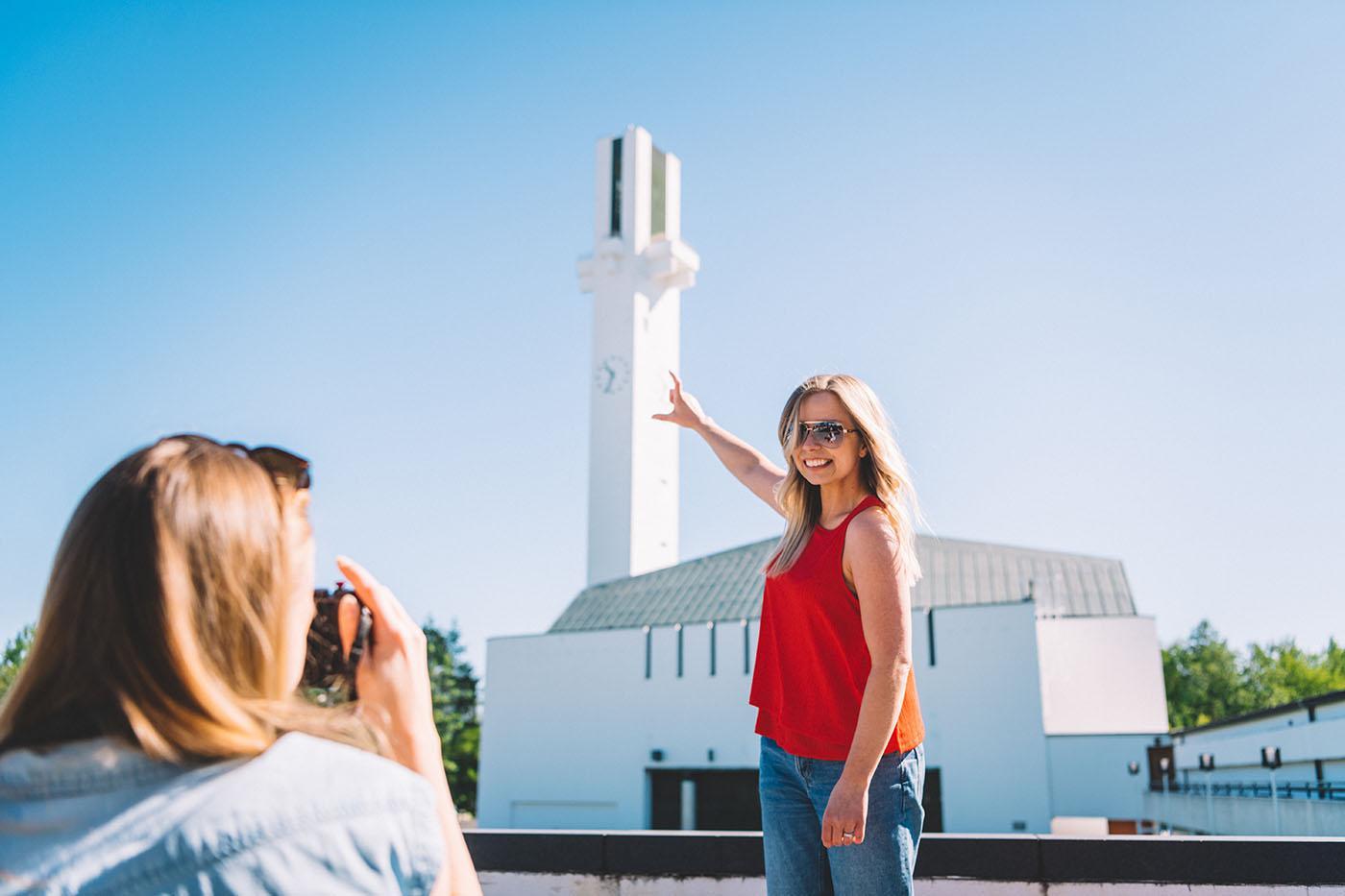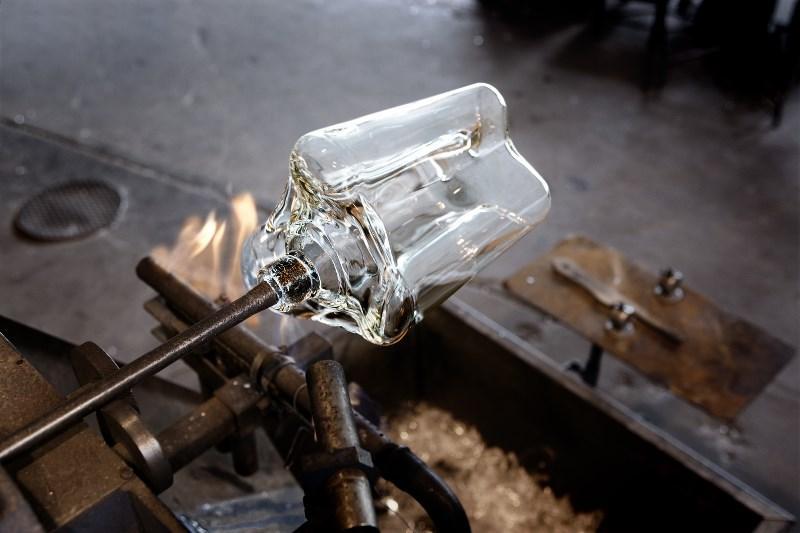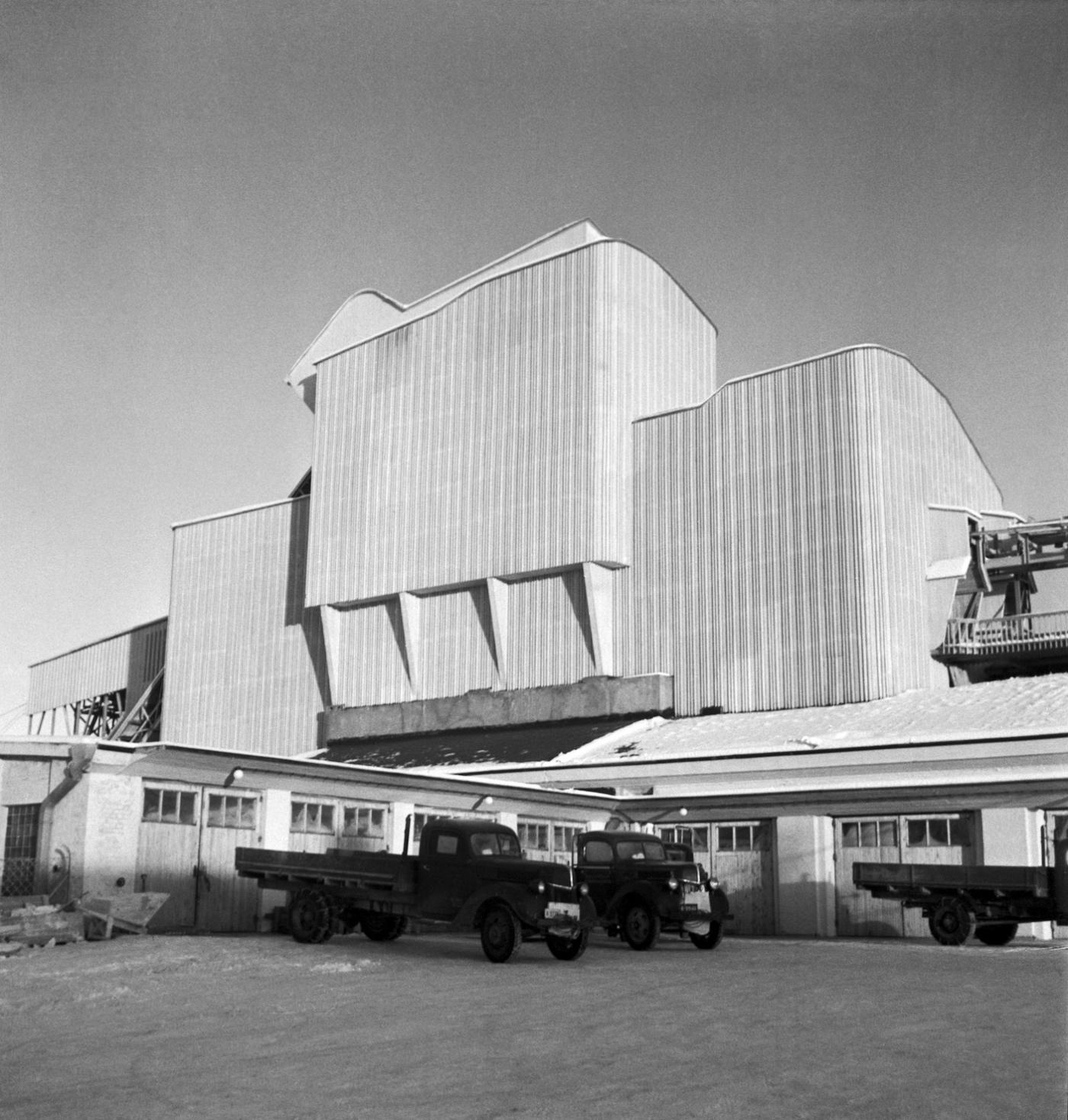Lake Saimaa waterways that extend to the city centre, a lush natural environment and many destinations offer holidaymakers many opportunities in the Varkaus region. Specialties include the city’s own caviar, sturgeon delicacies, tattoo art and culture in Varkaus Tattoo museum, as well as the home of amazing instruments, the Museum of Mechanical Music.
Renowned building planners, including Ivar and Valter Thomé, Karl Lindahl and Alvar Aalto, were responsible for the urban landscape of the city of Varkaus in the first half of the twentieth century. The city built around industry has a unique architecture. This rich cultural history is presented by the museums of Varkaus and the online exhibits of the museums, theme tours by Guide’s of Varkaus, and by a walking tour of Vanha Varkaus (Old Varkaus).
If you want to admire the lakeland scenery you can take a cruise or a trip on a canoe. Fishing is possible in the middle of the city in Pirtinvirta waterway or in the extensive 3 000 hectare fishing area nearby. The Linnansaari and Kolovesi national parks nearby are paradises for boaters, and are also home to the famous Saimaa ringed seal. Watch the canal locks operating in the canal district of Taipale and learn stories about the construction of the canal in the Canal Museum.
Alvar Aalto’s industrial landscape in Varkaus
In Varkaus, you can get to know an old industrial town where Alvar Aalto’s influence is still vivid. He started as the designer of the Varkaus Mills in the mid-1930s and continued in this role for about 10 years. There were also a number of plans that never materialised. You will also see other old building history of Varkaus, enjoy the natural environment in the Lake Saimaa waterways and savour food indigenous of the Savo region.
Alvar Aalto, a trailblazer in functionalism, used his design to achieve a more progressive and equal society. In the 1940s, he assumed post-war reconstruction and its sensible implementation as his other key objectives. In Varkaus, Aalto drew up designs ranging from industrial buildings and town plans to the homes of ordinary people. The Varkaus house factory manufactured hundreds of standardised houses designed by him. These were erected in all parts of Finland.
The bicentennial industrial history of Varkaus is evident in the appearance of the town. Over the years, Varkaus has been the host of successful iron and engineering works, shipyards, sawmills, wood-processing plants and paper mills. The Varkaus of today is also renowned for its expertise in energy technology.
Part of the former industrial area has been converted into a modern fishery centre. Varkaus is able to offer rainbow trout, sturgeon and caviar grown in an environmentally benign manner in the waters of Lake Saimaa.
Industrial history is supplemented by the Museum of Mechanical Music, which presents the international history of mechanical music from the 19th century to the present day.



